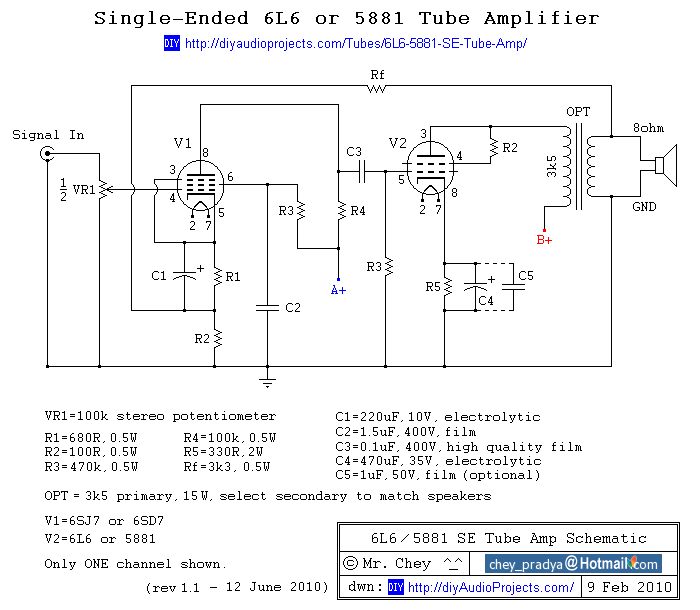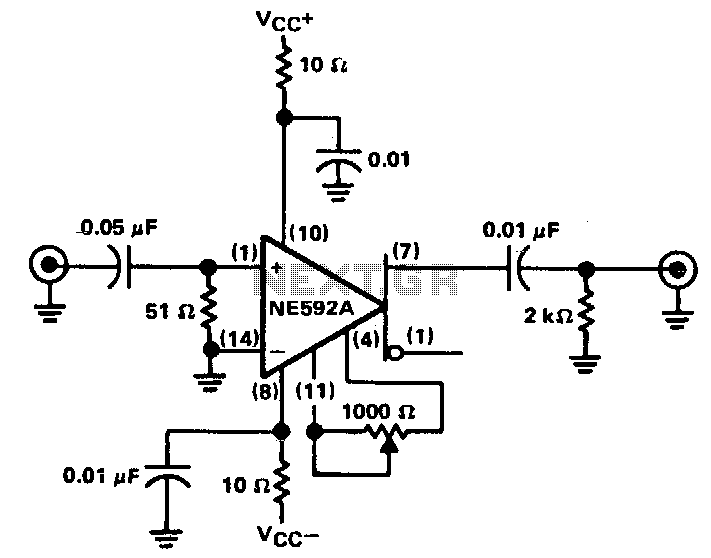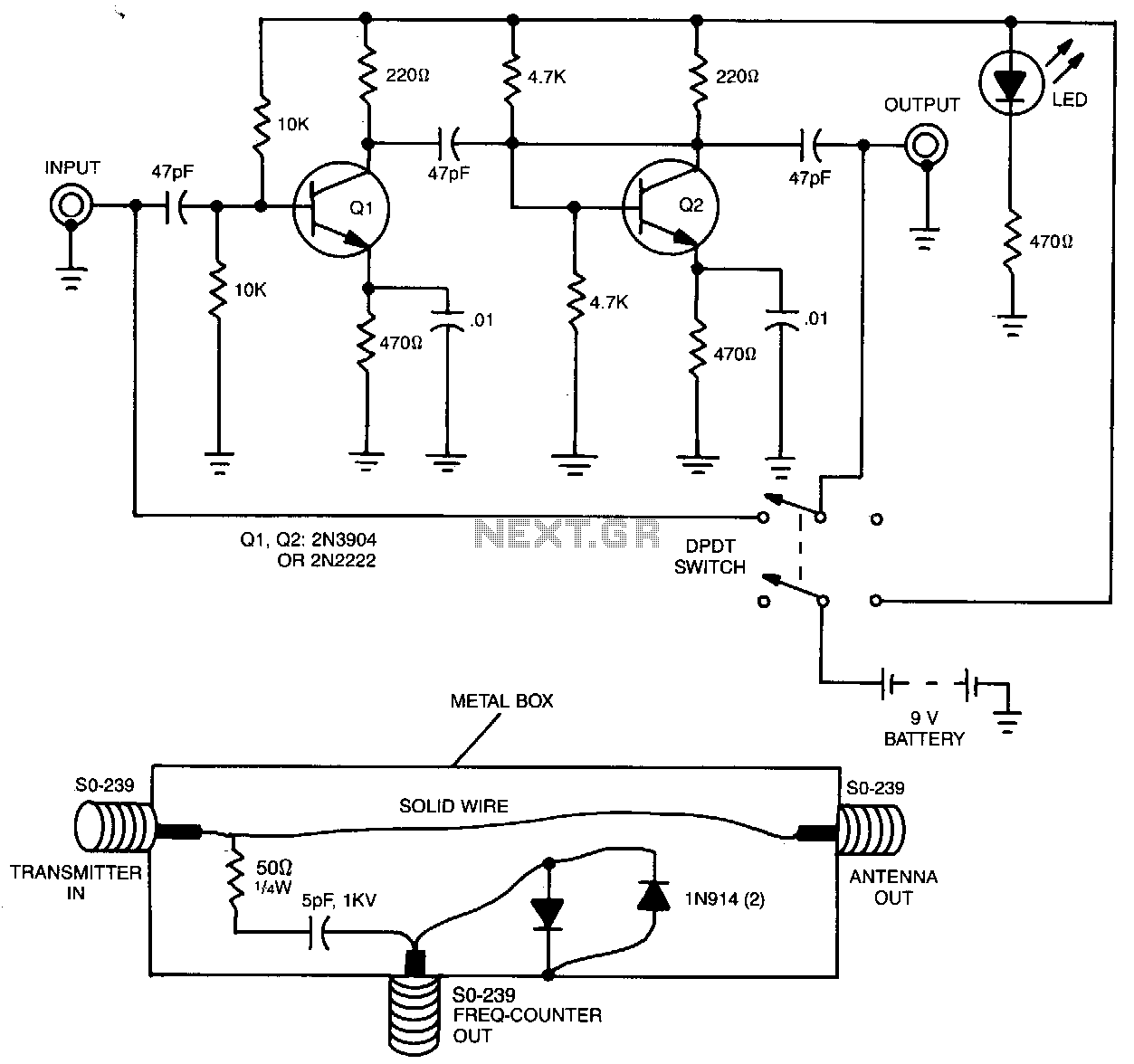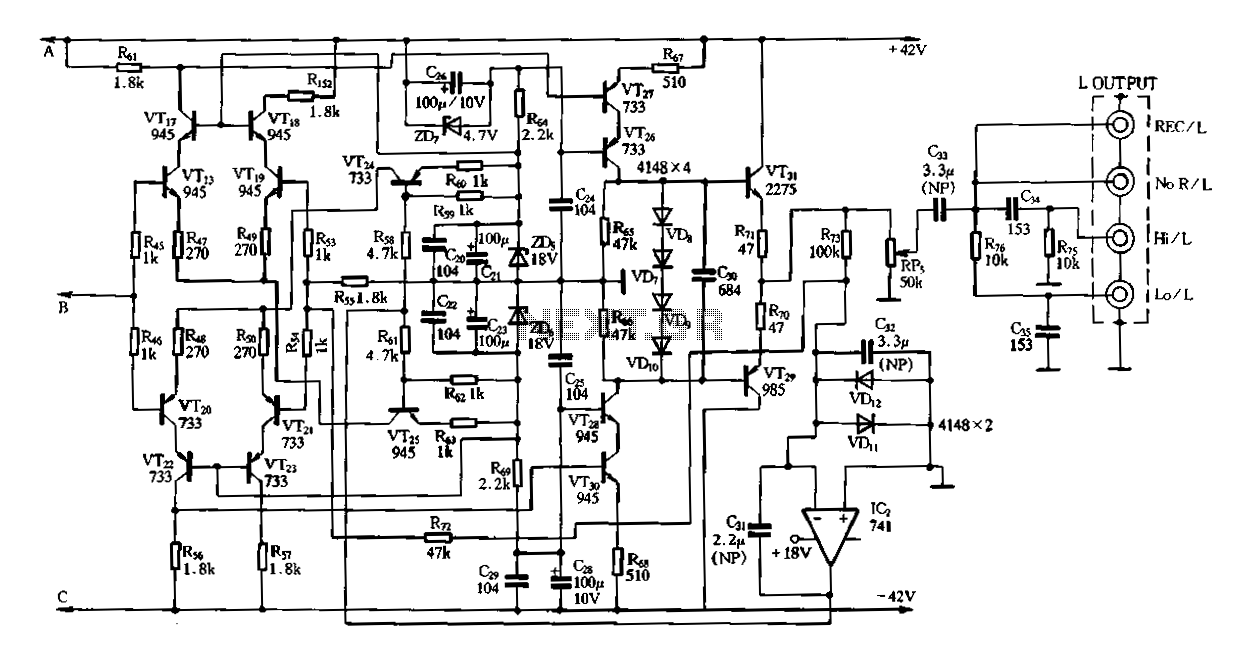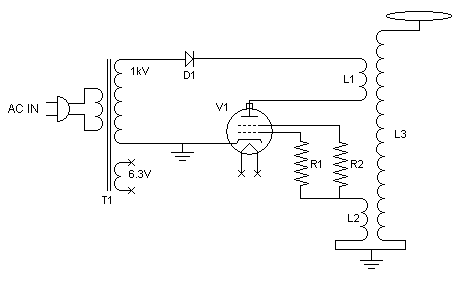
His Masters Noise: A Thoroughly Modern Tube Phono Preamp
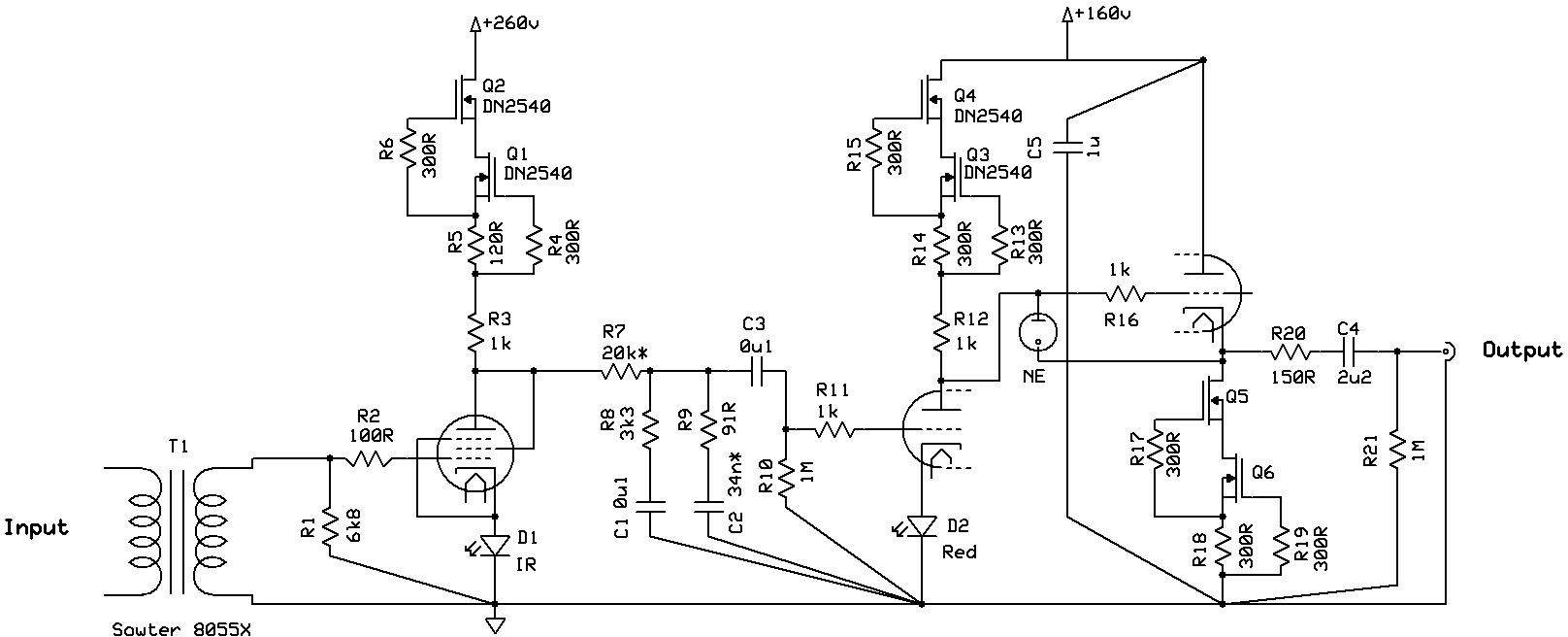
Even if it was not read thoroughly, it is a nice design with almost enough transformers, but certainly not enough shunt regulators.
The circuit design under consideration features a configuration that includes several transformers, which are essential for voltage transformation and isolation in power supply applications. Transformers play a critical role in stepping up or stepping down AC voltages, ensuring that the output voltage meets the required specifications for the load. The presence of "almost enough" transformers suggests a design that is close to optimal but may require additional transformers to enhance performance or provide redundancy.
However, the mention of "certainly not enough shunt regulators" indicates a potential limitation in the circuit's ability to manage voltage levels effectively. Shunt regulators are vital components in maintaining a stable output voltage by diverting excess current away from the load, thus protecting sensitive components from overvoltage conditions. An insufficient number of shunt regulators could lead to voltage fluctuations, which may adversely affect the performance and reliability of the overall circuit.
In a comprehensive design, it is crucial to evaluate the specifications and requirements of the load to determine the optimal number of transformers and shunt regulators needed. This evaluation ensures that the circuit can handle variations in input voltage and load conditions while providing a stable and reliable output. Additionally, the layout and interconnections of these components should be designed to minimize electromagnetic interference and ensure efficient power distribution.
Overall, while the existing design has a solid foundation with its transformers, careful consideration must be given to augmenting the number of shunt regulators to achieve a robust and reliable circuit performance.even if I didn`t read thoroughly nice one almost enough xformers , but certainly not enough shunt regs.. 🔗 External reference
The circuit design under consideration features a configuration that includes several transformers, which are essential for voltage transformation and isolation in power supply applications. Transformers play a critical role in stepping up or stepping down AC voltages, ensuring that the output voltage meets the required specifications for the load. The presence of "almost enough" transformers suggests a design that is close to optimal but may require additional transformers to enhance performance or provide redundancy.
However, the mention of "certainly not enough shunt regulators" indicates a potential limitation in the circuit's ability to manage voltage levels effectively. Shunt regulators are vital components in maintaining a stable output voltage by diverting excess current away from the load, thus protecting sensitive components from overvoltage conditions. An insufficient number of shunt regulators could lead to voltage fluctuations, which may adversely affect the performance and reliability of the overall circuit.
In a comprehensive design, it is crucial to evaluate the specifications and requirements of the load to determine the optimal number of transformers and shunt regulators needed. This evaluation ensures that the circuit can handle variations in input voltage and load conditions while providing a stable and reliable output. Additionally, the layout and interconnections of these components should be designed to minimize electromagnetic interference and ensure efficient power distribution.
Overall, while the existing design has a solid foundation with its transformers, careful consideration must be given to augmenting the number of shunt regulators to achieve a robust and reliable circuit performance.even if I didn`t read thoroughly nice one almost enough xformers , but certainly not enough shunt regs.. 🔗 External reference

